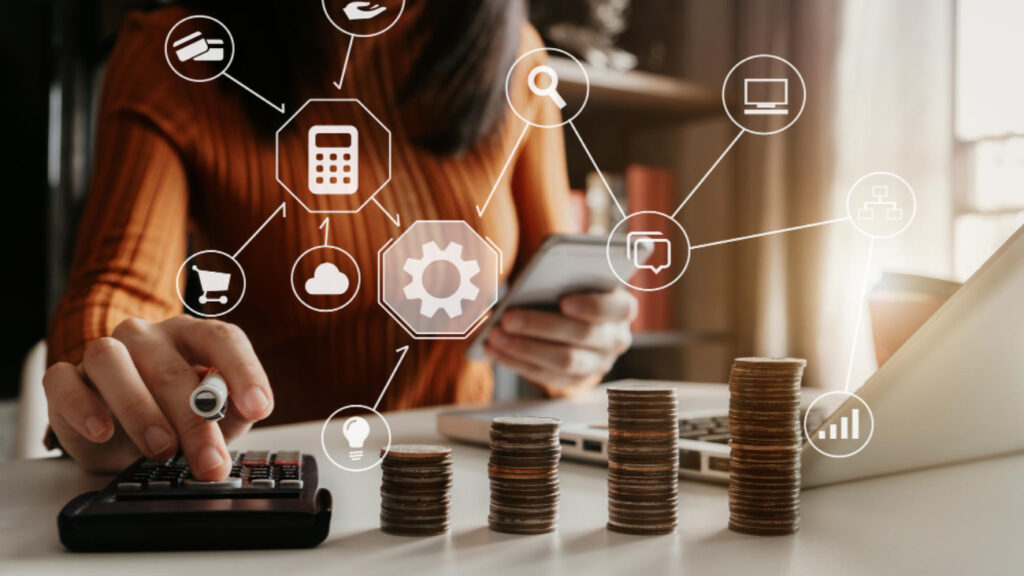We don’t remember the last time we used a spreadsheet or notebook to keep track of income and expenditure stated Bahaa Abdul Hussein. In a digital-first world where payment is quick and may take no more than the click of an option button, physically robust budgeting tools are increasingly irrelevant.
This is in large part due to smart apps like this, which makes it possible for people who were long slaves to their own finances and lack control over what they spend (or earn) achieve something resembling autonomy once again. Such tools do more than just monitor outgoings; they help form good financial habits.
Manual Tracking to Smart Automation
Traditional budgeting methods required discipline, time, and often a deep understanding of financial planning. But for most people, that level of effort didn’t stick. Enter smart budgeting apps, digital tools that automate the hard parts, from tracking transactions to categorizing expenses.
Apps like YNAB (You Need A Budget), PocketGuard, and Goodbudget don’t just show users where their money goes—they teach people how to plan, prevent overspending, and stay accountable to goals.
These apps link directly to bank accounts, update in real-time, and use visual dashboards to make finances more understandable and engaging.
Personalized Guidance and Financial Awareness
One of the standout features of today’s smart budgeting apps is personalization. These platforms don’t offer one-size-fits-all solutions. Instead, they analyze spending behavior, identify patterns, and offer tailored advice.
Take Mint or Emma, for instance. They break down spending into clear categories, flag unusual activity, and even notify users when they’re approaching their monthly limits. Over time, this builds financial awareness. Users begin to recognize how small decisions, like frequent food deliveries or impulse purchases, affect long-term savings goals.
In a world full of subscription traps and contactless payments, budgeting apps act like a financial fitness tracker, always running in the background, nudging users toward smarter choices.
Gamification and Goal-Driven Saving
To keep users engaged, many budgeting apps now employ gamification—turning finance into a challenge or game. Apps like Qapital let users set saving “rules” (e.g., round up purchases and save the difference), while others reward users for sticking to budgets or hitting savings targets.
This goal-driven approach makes saving more intentional. Instead of saving what’s left over, users are encouraged to prioritize goals, whether it’s building an emergency fund, planning a vacation, or paying off debt. Visual progress bars and milestones add a sense of achievement that keeps people motivated.
Empowering the Financially Unaware
Not everyone is financially literate, and that’s where smart budgeting apps are bridging the gap. They simplify complex financial concepts like cash flow, budgeting, and goal-setting into digestible, interactive formats.
These tools empower users, especially younger generations who may be managing money independently for the first time, to make informed financial decisions. Whether it’s through spend alerts, bill reminders, or simple financial tips, budgeting apps are making money management more inclusive and less intimidating.
Conclusion
Smart budgeting apps have redefined how we think about personal finance. They’ve transformed saving and spending from a passive habit into an active, empowered process. With automation, personalization, and accessibility at their core, these apps are helping users of all backgrounds take control of their financial futures.
As our relationship with money continues to evolve, budgeting apps are proving that smart technology doesn’t just help us manage what we have—it helps us grow what we keep. In the world of modern finance, being “good with money” is no longer about doing it alone—it’s about doing it smart. Thank you for your interest in Bahaa Abdul Hussein blogs. For more information, please visit www.bahaaabdulhussein.com.





